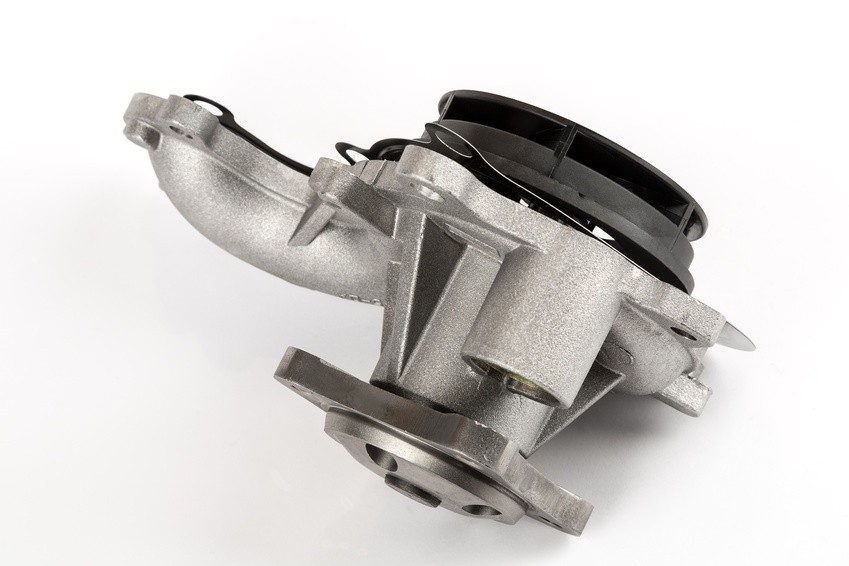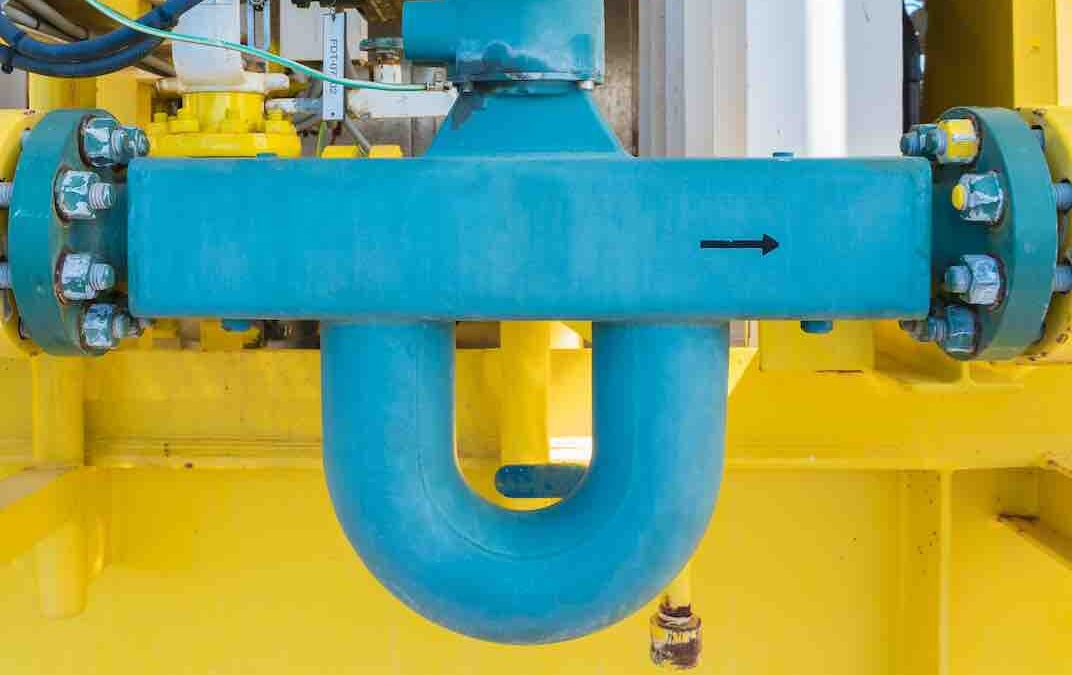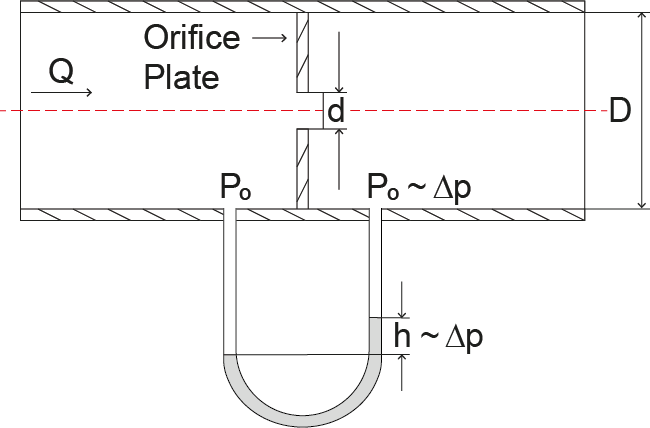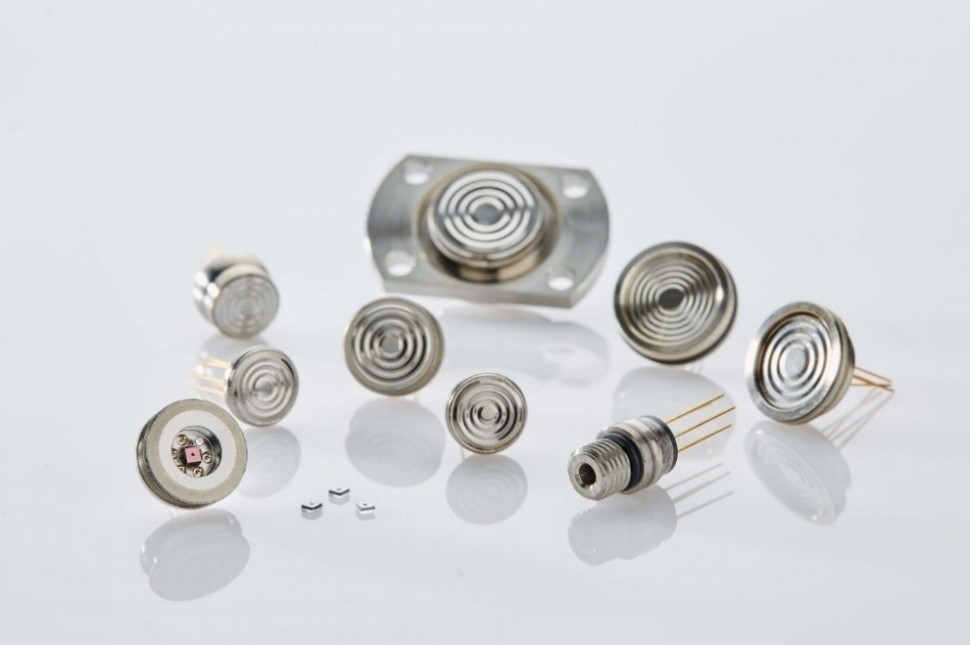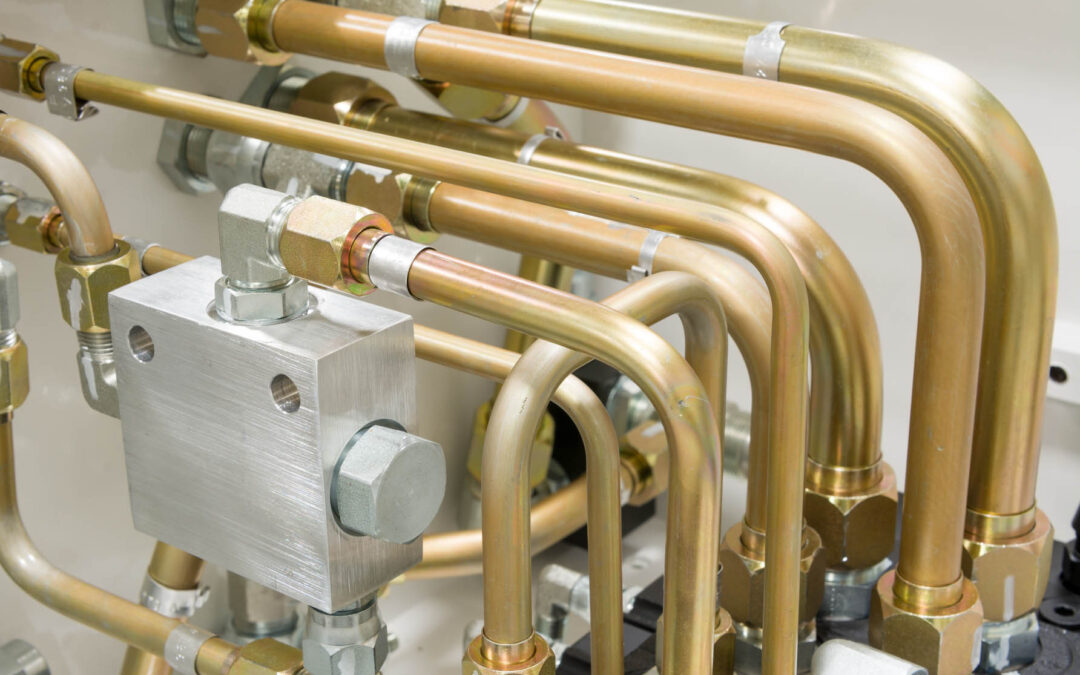
Miniaturization, increased efficiency, reduced consumption: Mobile air conditioning using carbon dioxide
Carbon dioxide has been recognized as a refrigerant for over 150 years now. The fact that it is only now gaining entry into mobile air conditioning is due to lawmaker-applied pressure for reducing greenhouse gases and also to improved technical capabilities. Pressure measurement plays a central role in this latter process.
Fluorinated greenhouse gases with a Global Warming Potential above 150 have been forbidden by an EU directive since January 2011 in vehicle air conditioning. In the meantime, the common tetrafluoroethane refrigerant (R134a) has thus had to be used in substitution. Because CO2 is 1,430 times less harmful to the climate than R134a, it offers itself as an alternative due to its increased cooling performance and good chemical characteristics.
The arguments for CO2 as a refrigerant can no longer be dismissed.
- As a naturally occurring gas, it enjoys both unlimited worldwide availability and cost-effectiveness.
- It is far less damaging than other coolants, such as R134a, R404A, R407C and others.
- Being a by-product of industrial processes, it has no need for expensive manufacture.
- In contrast to other new refrigerants, it has already been well researched toxicologically.
- It is neither toxic nor inflammable and thus represents a lower hazard risk than other materials.
- It is also compatible with all other common materials.
- It displays a very high cooling performance volumetrically and is also suited to heat pumps.
The switch from R134a to R744 (the abbreviation for CO2 in refrigerant form), however, cannot be simply implemented as is. Certain disadvantages stand in the way of its manifold virtues, which incidentally only apply in the case of constructing mobile air conditioners for vehicle use. A very high working pressure and its low critical temperature of 31°C are to be highlighted here. The conversion to R744 must therefore make a necessary detour via manufacturer test beds and those of their suppliers.
Air conditioning with CO2 – How it works
The operation of a common air conditioner begins, of course, with activation of an AC switch inside the vehicle. As a result, the magnetic coupling on the compressor is energized (although newer compressors have no magnetic coupling, with pressure being regulated internally by the piston stroke). A linkage between the pulley and compressor shaft is then established, with the compressor now drawing in the gaseous refrigerant. It now becomes condensed here and then forced into the high-pressure piping. In this process, however, the coolant temperature rises. The condenser built into the front end of the vehicle is responsible for lowering this temperature again. At this stage, the physical state of the refrigerant shifts from gaseous to liquid. The now fluid coolant is diverted to the receiver-dryer, where any moisture is removed. Next, the coolant is passed through the expansion valve. After passing this constriction, the refrigerant again alters its physical state inside the following evaporator. The energy required for this change is drawn from the ambient air, which in turn lowers the temperature within the vehicle interior. The gaseous coolant can now be drawn in again by the compressor, allowing the cycle to begin anew.
This cooling principle also remains the same for R744 application. The only difference is that the technical framework becomes somewhat altered. Because of its characteristics, carbon dioxide places other requirements upon the system in regard to pressure and temperature.
In comparison to a common mobile cooling system, the additional inner heat exchanger represents the biggest difference of all. This is essential because air conditioners using CO2 function with supercritical heat dissipation above 31°C. The cooling cycle proceeds as follows: The gas is condensed to a supercritical pressure inside the compressor. From there it enters a gas cooler, which performs the role of the condenser, when compared to common systems. The gas is cooled here, but no condensation takes place. A further cooling then occurs in the following heat exchanger. In the next step, the CO2 is pushed through the expansion valve, transforming the gas into a vapor form. This vapor portion is next evaporated within the evaporator, where the cooling-effect then takes place.
Apart from the inner heat exchanger and the gas cooler replacing the condenser, the high pressure essential to this system represents the biggest difference to previous mobile cooling systems. The demands upon the sturdiness of all components utilized increases in line with system pressure. This high pressure particularly influences compressor construction, which needs to be freshly designed as a result.
High pressures require high-performance measurement technology
A central aspect in the construction of new compressors is depicted by the very small molecular size of CO2, since it quickly diffuses through common sealing materials. An entirely freshly conceived shaft seal is thus required to prevent loss of cooling. This seal has to stand up to the refrigerant’s chemical characteristics and be able to withstand high compressor pressures in continuous operation – which can be determined during long-term testing on a test bed.
Even the compressor housing itself cannot be simply adopted from common cooling systems. To operate efficiently over the longer term, it must be able to withstand high temperatures. Heavily fluctuating suction pressures, which decisively influence drive chamber pressures, also represent a significant challenge. On the high-pressure side, maximal values can potentially attain a level of 200 bar. Because of these characteristics, leakages would occur much faster among common compressors than when operating using R134a. Compared to several years ago, a much more precise production of these components is possible today and this problem can now be overcome. A constant monitoring of pressures during prototype construction is therefore imperative.
The high pressures arising from climate systems using CO2 has further advantages beyond good environmental attributes and better cooling performance compared to R134a. Because of the higher density of CO2, the installation space needed is reduced in comparison to similar or even better-performing coolers using R134a. For the same cooling performance, only 13% of the volumetric flow of an R134a refrigerant compressor is required.
This reduction in size also reinforces the case for increasingly compact pressure measurement technology. Pressure sensors of a piezoresistive type offer themselves here due to their miniaturization capabilities, highly precise function at low pressures and even their exact results in the higher pressure ranges – in particular during long-term testing. The piezoresistive type of pressure transmitters from STS additionally offer manufacturers developing new models the decisive advantage that these instruments, thanks to their modular construction, can be quickly adapted to new requirements.
